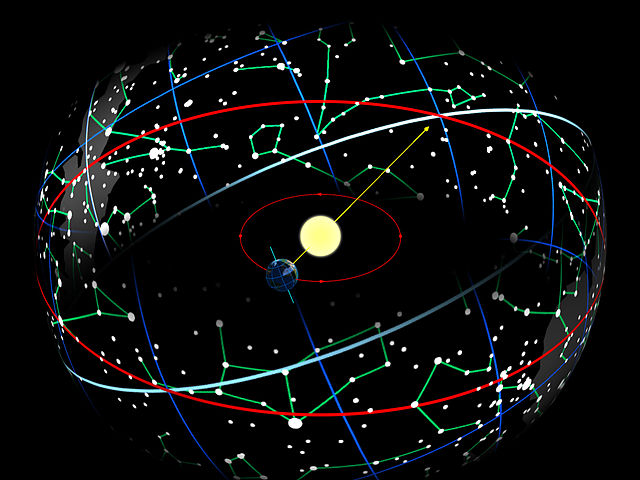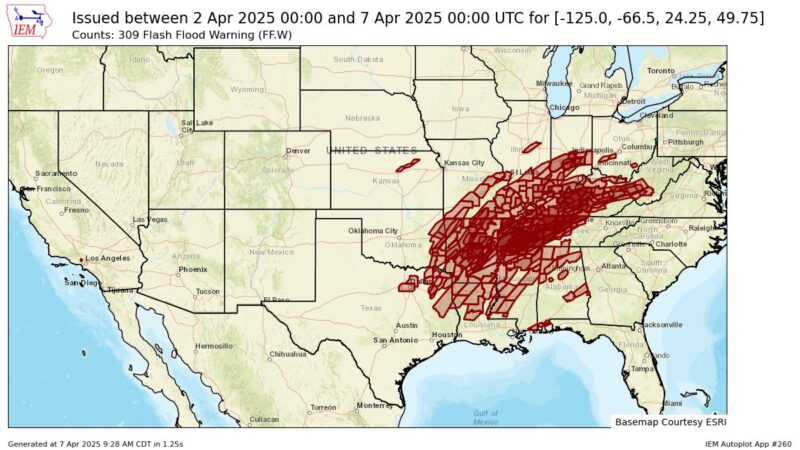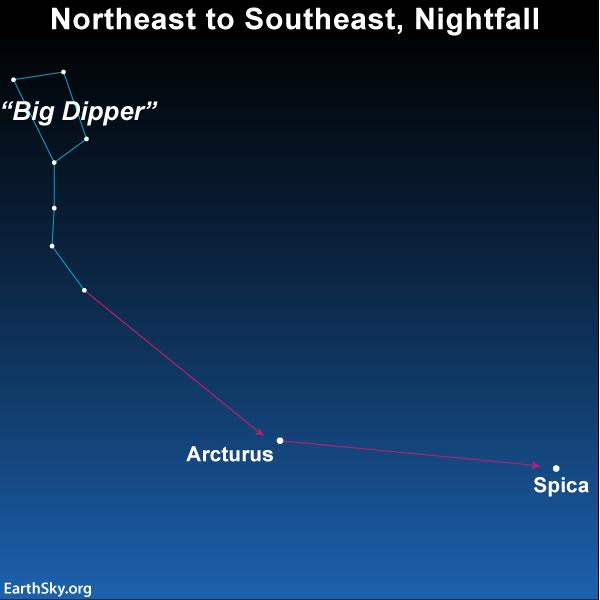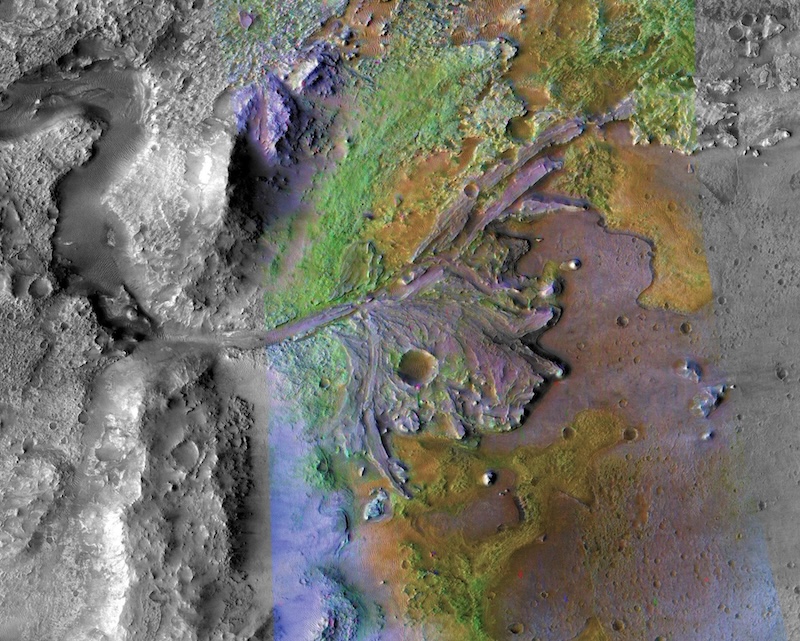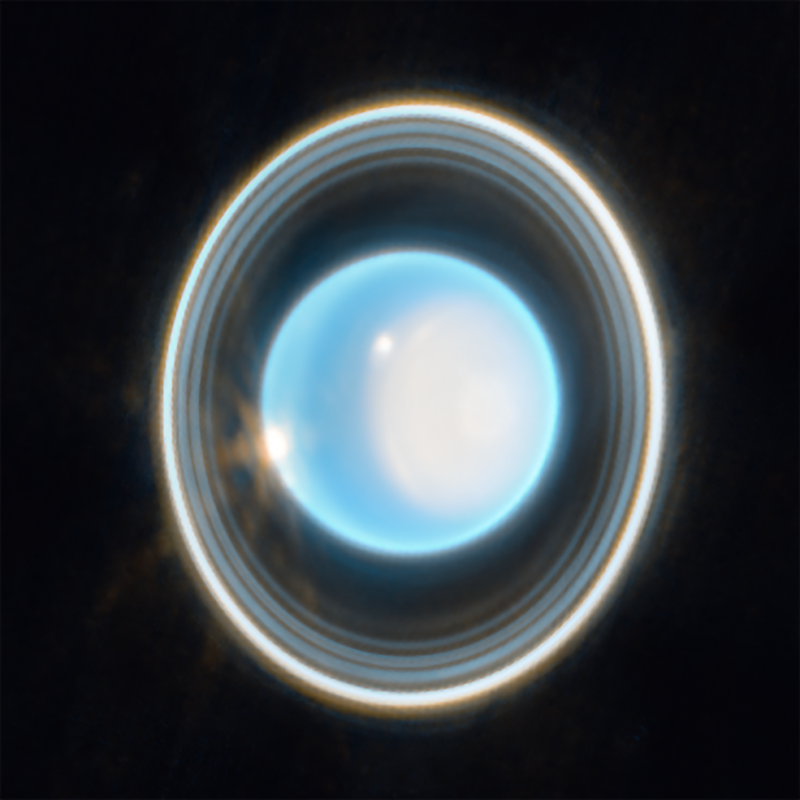The April full moon is a micromoon, and the smallest full moon of 2025. Why is it so small? Join EarthSky’s Deborah Byrd and Marcy Curran for charts and details.
Looking up has never felt more important.
Help EarthSky keep bringing the sky to your screen.
April full moon
When to watch in 2025: On the night of April 12 into the morning of April 13.
Where to look: Look for the bright round moon in the east in the evening, overhead around midnight, then in the west before sunrise.
Crest of the full moon falls at 00:22 UTC on April 13, 2025. That’s 7:22 p.m. CDT on April 12 in central North America. This means that at moonrise, it is at or very near its fullest.
Note: As it rises, the April 12 full moon is close to the star Spica in the constellation Virgo the Maiden.
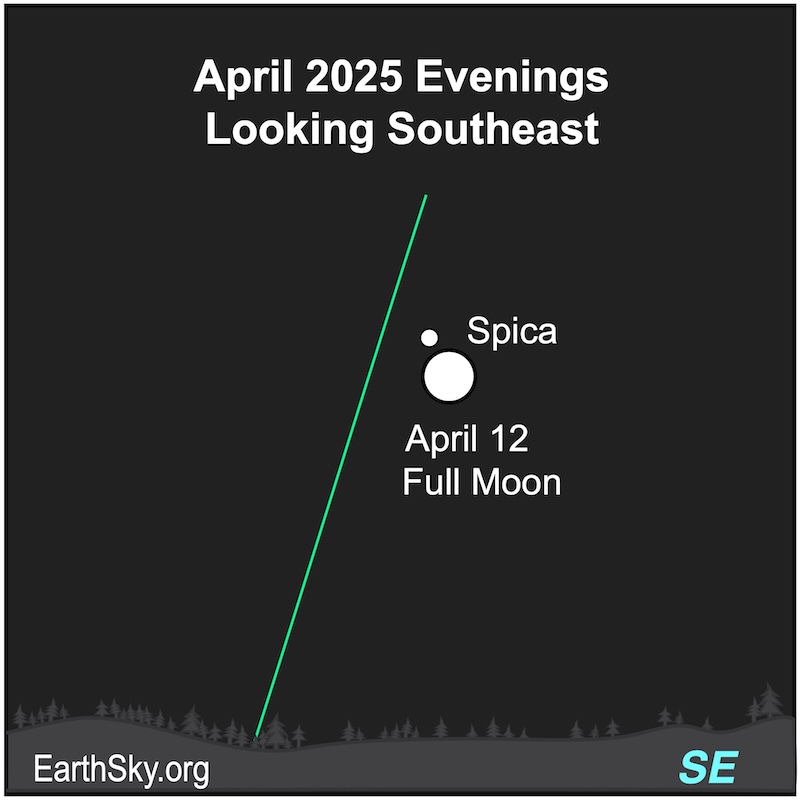
This April’s full moon is a micromoon
Some moons are supermoons. That is, they’re both full and in a close part of their orbit to Earth.
But the April 2025 full moon is a micromoon. It’s at a far part of its orbit around Earth. A careful comparison with photos of other full moons would show that this full moon appears smaller-than-average in our sky.
The April 2025 micromoon is the second of three micromoons in 2025. And it’s the farthest full moon of 2025, at 252,280 miles (406,006 km). It is slightly more distant that the May full moon which will lie at 251,828 miles (405,278 km).
While a micromoon can appear up to 14% smaller than a supermoon – thus appearing less bright than a supermoon – both this April’s and May’s full moons will still shine very brightly. So brightly, that the light of April’s full micromoon will obscure the bright star Spica lying just two-moon widths from it.
Full moon is opposite the sun
All full moons rise in the east near the time of sunset and set in the west near the time of sunrise. They are visible all night. At full moon, the sun, Earth, and moon – in that order – align in space. The moon’s day side – its fully lighted hemisphere – faces us. That’s why the moon looks full. Also, the moon will look full and round for a day or two near full moon. And for folks living in mid-northern latitudes, the April moon rises on average of 60 minutes later each day. That means that the night after the full moon, you won’t see the moon rise until the sky is fully dark.
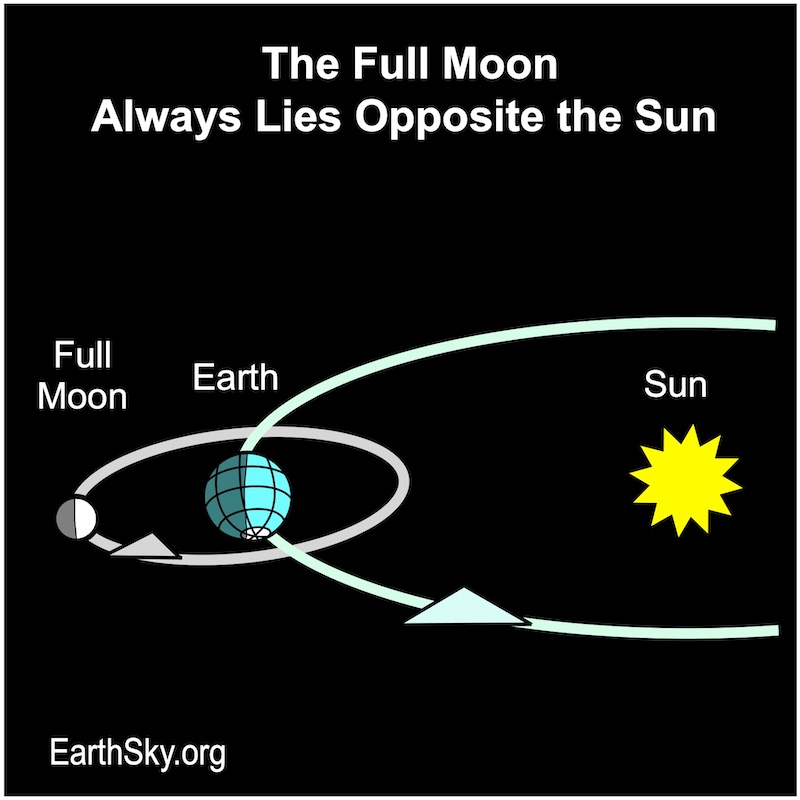
April’s full moon is the Pink Moon
This is a beautiful time of year, especially when the full moon rises! April’s full moon has the nickname of the Pink Moon, because of all the blooming flowers and trees, such as the pink creeping phlox.
The moment of full moon – when the moon reaches that point in its orbit directly opposite the sun in the sky – is April 13 at 00:22 UTC (7:22 p.m. CDT on April 12). However, a full moon is considered any time 12 hours before or after that.
Read more: Full moon names by month and by season.
Northern Hemisphere and Southern Hemisphere views
For Northern Hemisphere viewers, the rising Pink Moon will glow brightly near Spica, the brightest star in the constellation Virgo. In the hour just after midnight, the moon – and Spica – will arc above the southern horizon. Then the moon and Spica will set in the west on the morning of April 13.
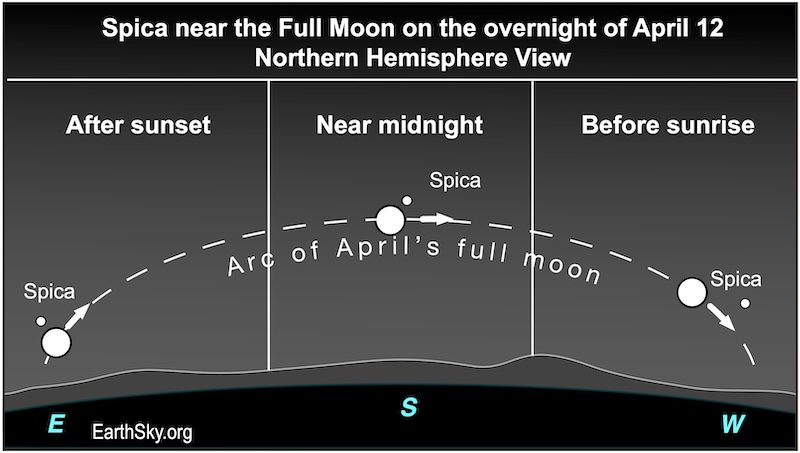
For Southern Hemisphere viewers, the scene is different. The full moon and Spica will rise opposite the sun near the time of sunset. In the hour just after midnight, they arc above the northern horizon. Then they will set opposite the sunrise on the morning of April 13.
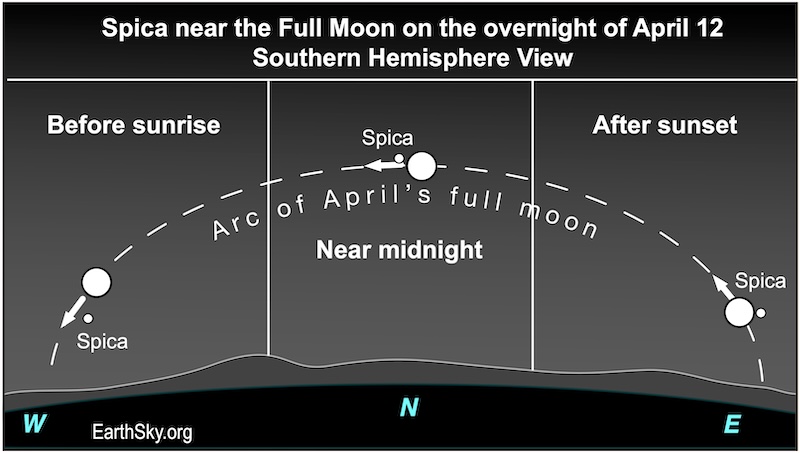
April full moon shines in Virgo
The April full moon can lie in front of one of two constellations of the zodiac. In most years, as it will this year, it lands in Virgo the Maiden. But if the full moon occurs in the final few days of the month, it can fall in the neighboring constellation, Libra the Scales. This doesn’t happen often, and won’t happen again until 2037.
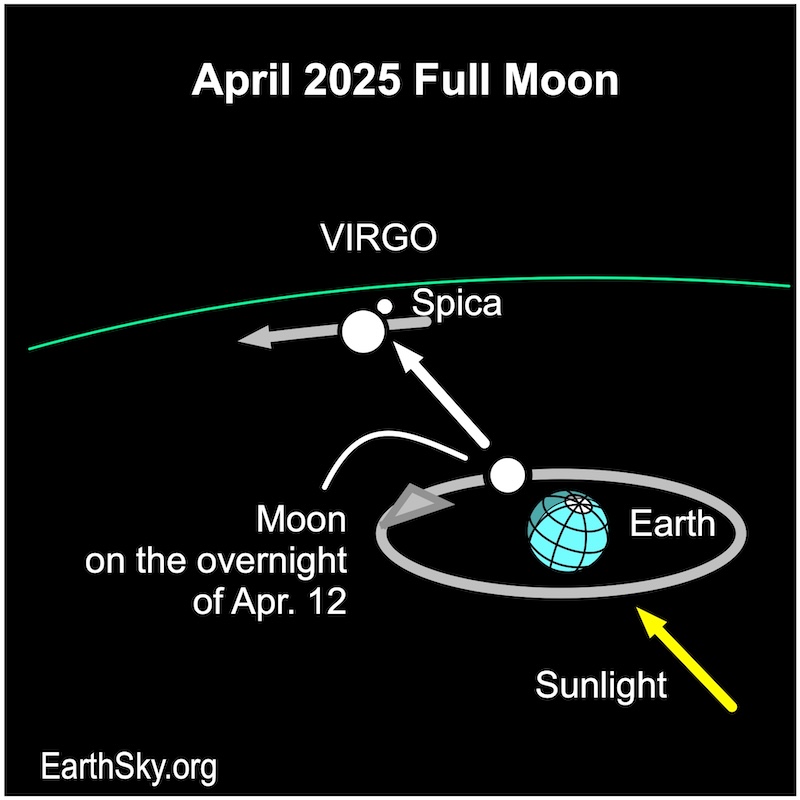
Spotting Spica
With the full moon being very bright, can you see Spica? If not, try blocking the moon behind a foreground object such as a building or a utility pole. Spica is an important star for learning the night sky because it is the southern member of the easily recognizable Spring Triangle. This asterism also includes Arcturus positioned north of Spica, and Regulus, lying northwest of Spica. Those three stars form an attractive triangle. Sometimes the Spring Triangle is composed of Arcturus, Spica, and Denebola. They create an equilateral triangle.
As the night of April 12 advances, the Pink Moon moves noticeably away from Spica. Since the full moon sits on the opposite side of the sky as the sun, when morning twilight begins in the east, the full moon nears the western horizon. It then lies even farther from Spica than it did when it rose nearly twelve hours earlier.
Bottom line: At full moon, the moon rises in the east around sunset, climbs highest in the sky around midnight, and sets around sunrise. The April 2025 full moon on the overnight of April 12 is the Pink Moon. It is the smallest full moon of the year, and lies near the star Spica in the constellation Virgo.
Read more: The moon illusion makes the moon look huge!
The post April full moon is the Pink Moon and a micromoon first appeared on EarthSky.
from EarthSky https://ift.tt/wbynGF5
The April full moon is a micromoon, and the smallest full moon of 2025. Why is it so small? Join EarthSky’s Deborah Byrd and Marcy Curran for charts and details.
Looking up has never felt more important.
Help EarthSky keep bringing the sky to your screen.
April full moon
When to watch in 2025: On the night of April 12 into the morning of April 13.
Where to look: Look for the bright round moon in the east in the evening, overhead around midnight, then in the west before sunrise.
Crest of the full moon falls at 00:22 UTC on April 13, 2025. That’s 7:22 p.m. CDT on April 12 in central North America. This means that at moonrise, it is at or very near its fullest.
Note: As it rises, the April 12 full moon is close to the star Spica in the constellation Virgo the Maiden.

This April’s full moon is a micromoon
Some moons are supermoons. That is, they’re both full and in a close part of their orbit to Earth.
But the April 2025 full moon is a micromoon. It’s at a far part of its orbit around Earth. A careful comparison with photos of other full moons would show that this full moon appears smaller-than-average in our sky.
The April 2025 micromoon is the second of three micromoons in 2025. And it’s the farthest full moon of 2025, at 252,280 miles (406,006 km). It is slightly more distant that the May full moon which will lie at 251,828 miles (405,278 km).
While a micromoon can appear up to 14% smaller than a supermoon – thus appearing less bright than a supermoon – both this April’s and May’s full moons will still shine very brightly. So brightly, that the light of April’s full micromoon will obscure the bright star Spica lying just two-moon widths from it.
Full moon is opposite the sun
All full moons rise in the east near the time of sunset and set in the west near the time of sunrise. They are visible all night. At full moon, the sun, Earth, and moon – in that order – align in space. The moon’s day side – its fully lighted hemisphere – faces us. That’s why the moon looks full. Also, the moon will look full and round for a day or two near full moon. And for folks living in mid-northern latitudes, the April moon rises on average of 60 minutes later each day. That means that the night after the full moon, you won’t see the moon rise until the sky is fully dark.

April’s full moon is the Pink Moon
This is a beautiful time of year, especially when the full moon rises! April’s full moon has the nickname of the Pink Moon, because of all the blooming flowers and trees, such as the pink creeping phlox.
The moment of full moon – when the moon reaches that point in its orbit directly opposite the sun in the sky – is April 13 at 00:22 UTC (7:22 p.m. CDT on April 12). However, a full moon is considered any time 12 hours before or after that.
Read more: Full moon names by month and by season.
Northern Hemisphere and Southern Hemisphere views
For Northern Hemisphere viewers, the rising Pink Moon will glow brightly near Spica, the brightest star in the constellation Virgo. In the hour just after midnight, the moon – and Spica – will arc above the southern horizon. Then the moon and Spica will set in the west on the morning of April 13.

For Southern Hemisphere viewers, the scene is different. The full moon and Spica will rise opposite the sun near the time of sunset. In the hour just after midnight, they arc above the northern horizon. Then they will set opposite the sunrise on the morning of April 13.

April full moon shines in Virgo
The April full moon can lie in front of one of two constellations of the zodiac. In most years, as it will this year, it lands in Virgo the Maiden. But if the full moon occurs in the final few days of the month, it can fall in the neighboring constellation, Libra the Scales. This doesn’t happen often, and won’t happen again until 2037.

Spotting Spica
With the full moon being very bright, can you see Spica? If not, try blocking the moon behind a foreground object such as a building or a utility pole. Spica is an important star for learning the night sky because it is the southern member of the easily recognizable Spring Triangle. This asterism also includes Arcturus positioned north of Spica, and Regulus, lying northwest of Spica. Those three stars form an attractive triangle. Sometimes the Spring Triangle is composed of Arcturus, Spica, and Denebola. They create an equilateral triangle.
As the night of April 12 advances, the Pink Moon moves noticeably away from Spica. Since the full moon sits on the opposite side of the sky as the sun, when morning twilight begins in the east, the full moon nears the western horizon. It then lies even farther from Spica than it did when it rose nearly twelve hours earlier.
Bottom line: At full moon, the moon rises in the east around sunset, climbs highest in the sky around midnight, and sets around sunrise. The April 2025 full moon on the overnight of April 12 is the Pink Moon. It is the smallest full moon of the year, and lies near the star Spica in the constellation Virgo.
Read more: The moon illusion makes the moon look huge!
The post April full moon is the Pink Moon and a micromoon first appeared on EarthSky.
from EarthSky https://ift.tt/wbynGF5

